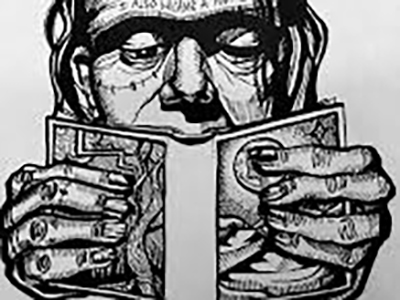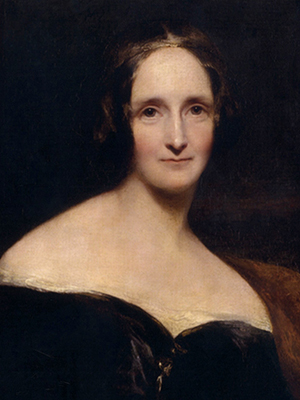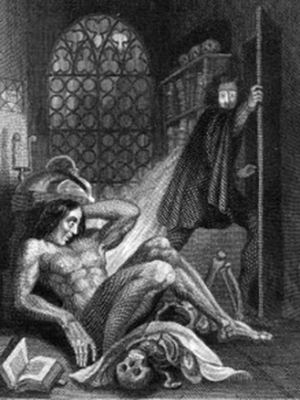Art Museum Announces Charlotte Bingham ’27 as 2025-26 Luise and Morton Kaish Fellow
The Syracuse University Art Museum has announced Charlotte Bingham ’27 as the 2025-26 Luise and Morton Kaish Fellow. Through the philanthropic gift of Syracuse University alumni and prominent artists Luise ’46, G’51 and Morton Kaish ’49, the Kaish Fellowship program was established in…


 The College of Arts and Sciences (A&S) lauds the 200th anniversary of the publication of Mary Shelley’s “Frankenstein” with a daylong reading of the entire novel.
The College of Arts and Sciences (A&S) lauds the 200th anniversary of the publication of Mary Shelley’s “Frankenstein” with a daylong reading of the entire novel.
